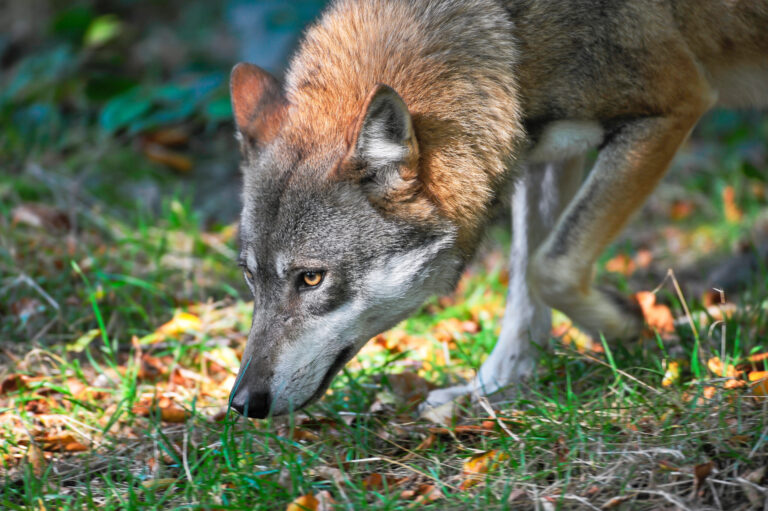“Internet of nature” helps researchers explore the web of life
A novel paper led by Dr Ulrich Brose of the German Centre for Integrative Biodiversity Research (iDiv) and the Friedrich Schiller University Jena is widening understanding of how species interact within ecosystems via the so-called “Internet of Nature.” Published in Nature Ecology and Evolution, the paper reveals that species not only exchange matter and energy…



